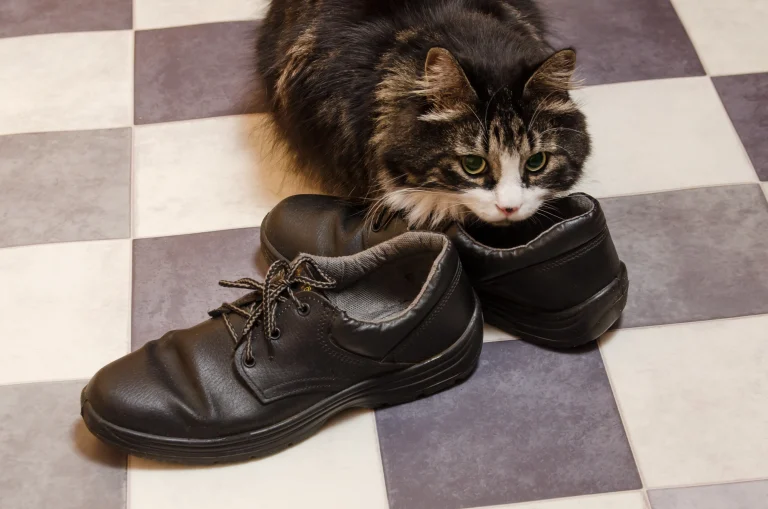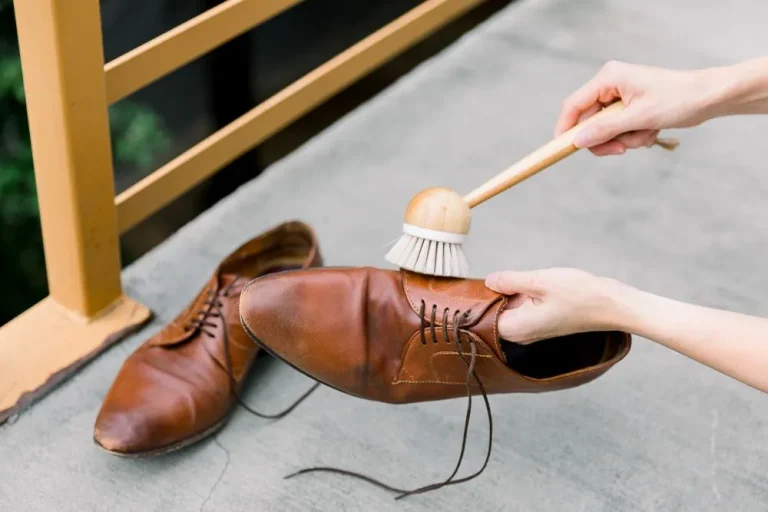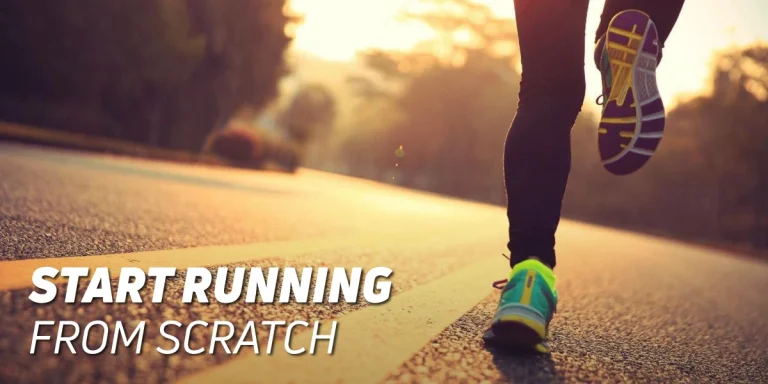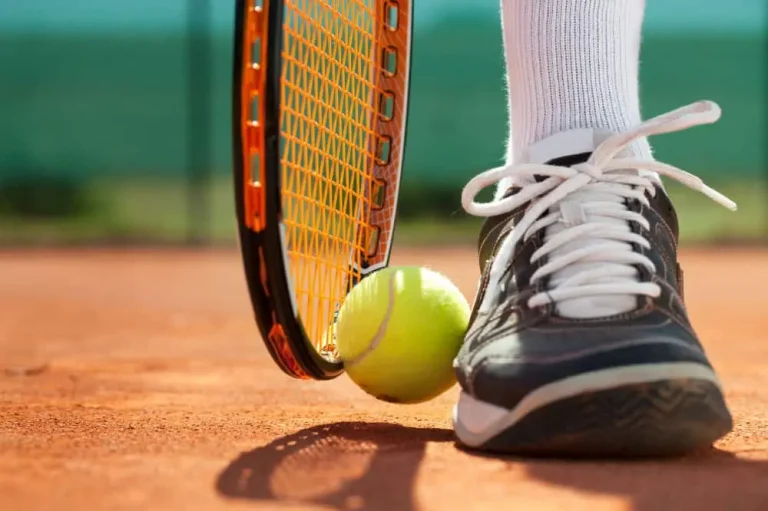How To Scotchgard Shoes? Expert Opinion
Welcome to the article on how to Scotchgard your shoes! In this guide, we will explain the simple steps you can follow to protect your shoes from stains and water damage using Scotchgard. Scotchgard is a product designed to create a protective barrier on your shoes, helping to repel liquids and prevent stains. By applying Scotchgard, you can extend the lifespan of your shoes and keep them looking clean and fresh for longer.
In this article, we will walk you through the process of preparing your shoe, applying Scotchgard, and provide some additional tips for maintaining the protection. So let’s get started and learn how to Scotchgard your shoes effectively!
Setting Up the Area Of Shoes
Now, let’s begin by setting up the area where you will be applying Scotchgard to your shoes. It’s important to choose a well-ventilated space, preferably outdoors or in a room with open windows. This will ensure proper air circulation and prevent inhaling any fumes.
Make sure you have enough room to move around comfortably and that the surface you’re working on is clean and free from any dirt or debris. It’s also a good idea to lay down a protective sheet or newspaper to catch any overspray or drips.
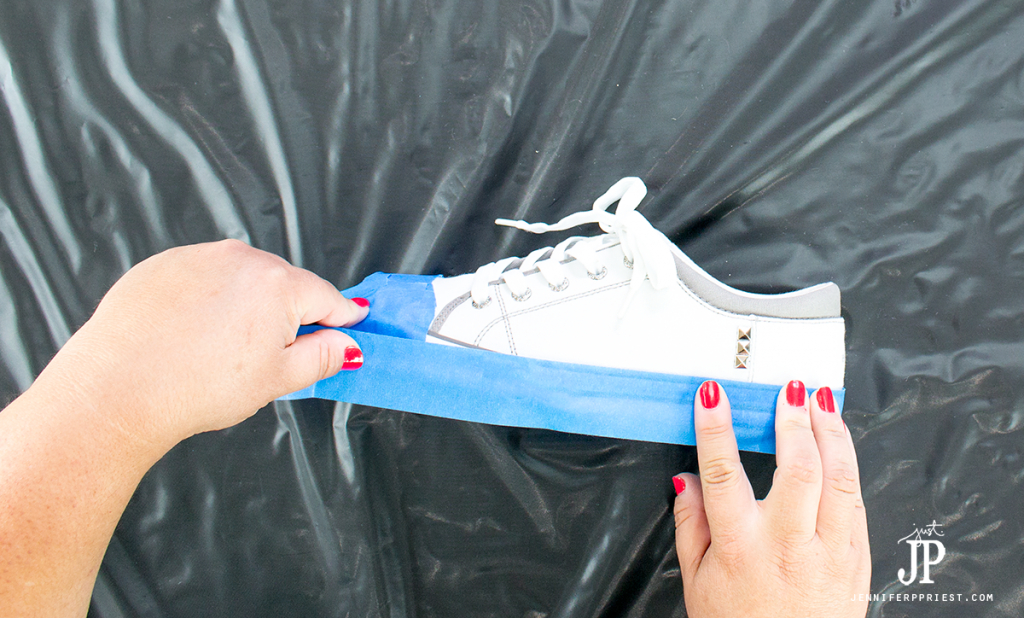
By setting up a suitable area, you can ensure a smooth and hassle-free application of Scotchgard to your shoes.
Related To: How To Keep Feet Cool In Shoes?
Related To: Best Volleyball Shoes For Wide Feet : Men & Women,
Spraying Your Shoes with Scotchgard
Now, let’s move on to the next step: spraying your shoes with Scotchgard. Follow these easy instructions to apply Scotchgard effectively:
By following these steps, you can effectively apply Scotchgard to your shoe, creating a protective barrier that helps repel stains and water.
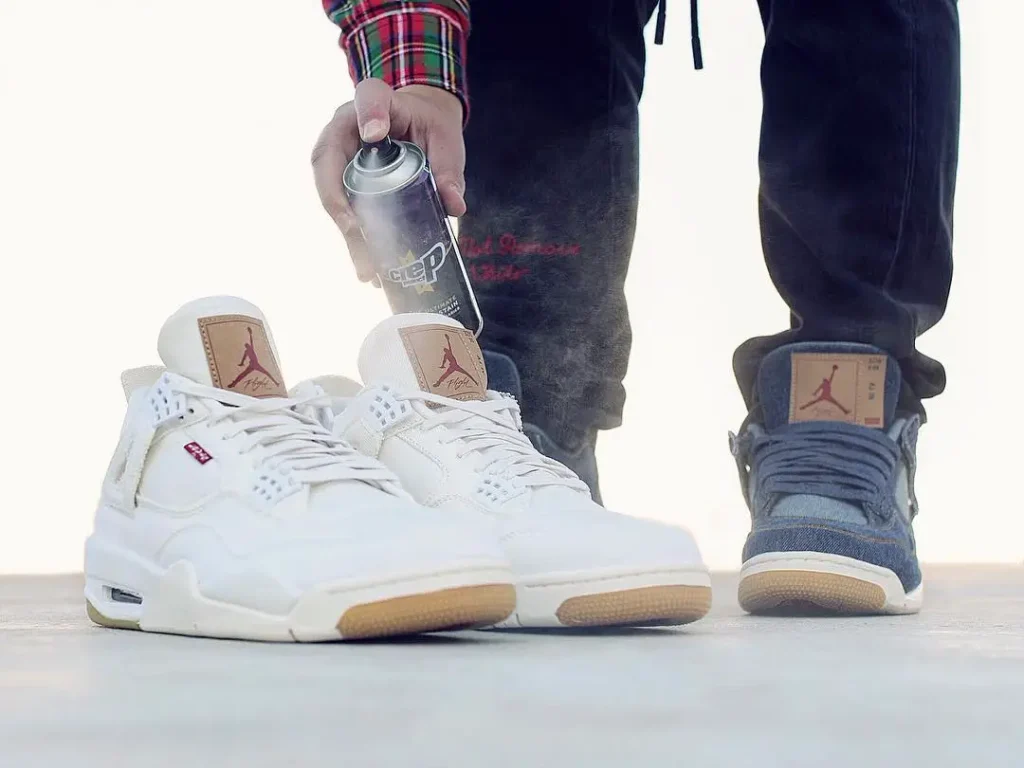
Additional Tips and Recommendations
Here are some additional tips and recommendations to ensure the best results when Scotchgard-ing your shoes:
Apply a second coat
For added protection, consider applying a second coat of Scotchgard after the first coat has dried. This can provide an extra layer of defense against stains and water damage.
Reapply periodically
Over time, the protective effects of Scotchgard may diminish. To maintain optimal protection, it’s recommended to reapply Scotchgard every few months or as needed, especially if you frequently wear your shoes in wet or dirty conditions.
Avoid excessive exposure to water or harsh chemicals
While Scotchgard provides a certain level of water resistance, it’s important to remember that it is not waterproof. Avoid submerging your shoes in water or exposing them to harsh chemicals, as this can compromise the protective barrier.
Test on a small area first
Before applying Scotchgard to the entire shoe, it’s a good idea to test it on a small, inconspicuous area. This allows you to ensure compatibility with the material and check for any adverse reactions.
By following these additional tips and recommendations, you can maximize the effectiveness of Scotchgard and keep your shoe well-protected for longer periods.
Conclusion
In conclusion, Scotchgard is a valuable tool for protecting your shoes from stains and water damage. By following the outlined steps in this article, you can effectively apply Scotchgard to your shoes and create a protective barrier that helps repel liquids and maintain their appearance. Remember to prepare your shoe properly by cleaning and drying them before applying Scotchgard. Take the necessary precautions, such as working in a well-ventilated area, and apply an even coat of Scotchgard using sweeping motions. Allow your shoes to dry completely before wearing or touching them.


